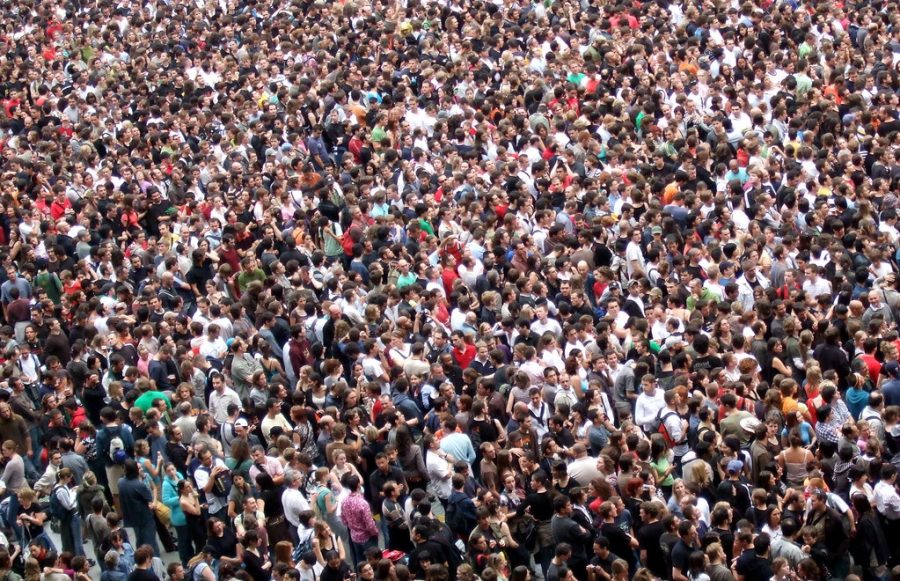Crowd surge in Seoul results in over 280 casualties
James Cridland | Flickr
November 20, 2022
A crowd crush on Oct. 29 in the Itaewon neighborhood of Seoul, Korea, has killed at least 150 people and injured more than 130.
Itaewon is a city district known for its nightlife and annual Halloween festivities. Even though there was no single event planned in this neighborhood, an estimated 100,000 people flocked to the area to eat, drink and party. As the night went on, too many people crowded the neighborhood’s narrow alleys.
Contrary to popular belief, the tragedy that occurred at Itaewon was not a stampede. A stampede refers to a panicked rush from danger and implies that there is room to flee, but those in Itaewon on that night did not have enough space to even turn around.
“Stampede is not only an incorrect term, it is a loaded word as it apportions blame to the victims for behaving in an irrational, self-destructive, unthinking and uncaring manner,” crowd behavior expert at the University of Greenwich Professor Edwin Galea said.
“It gives the impression that it was a mindless crowd only caring about themselves, and they were prepared to crush people.”
Crowd crushes happen when too many people gather in a confined space. These people can be packed tightly against one another to the extent that they cannot breathe. This usually occurs when there are at least six people per square meter – the point where no individual can move on their own, causing the moving crowd to behave like a fluid.
A crowd collapse occurred, which caused many people to topple over each other to the extent that police officers struggled to pull out any survivors from the collapsed crowd. Crowd collapses happen when someone in a tightly-packed crowd falls, leaving a gap that causes more people to fall. Since a large and high-density crowd keeps the individuals within it upright because of pressure from the other side, a gap within this crowd would disrupt the equilibrium that it once had.
Both phenomena are incredibly dangerous because of the risk of compression asphyxia, which happens when an external force limits the ability of one’s chest to expand and allow air into the lungs. With this condition also comes the risk of cardiac arrest, which many people suffered with during the Itaewon crowd crush.
Those who had undergone cardiac arrest had to be given CPR, but not everyone administering CPR was qualified to give it. Bystanders rushed in to help resuscitate the victims because the number of victims vastly outnumbered the number of first responders on scene.
According to authorities, there were 137 officers dispatched to Itaewon on that night. They were clearly outmatched by the estimated 100,000 people, so they provided an inadequate response to multiple emergency calls from Itaewon.
The first call to police came several hours before the crowd crush occurred at 6:34 p.m. KST. The caller warned the police officer of the potential dangers of the increasing crowd’s size and requested them to control it, but even though the officer reassured the caller that they would send someone “to go and check it out,” no one was sent for hours.
Out of the 11 phone calls made to authorities in the following hours, the police only mobilized officers for four of them.
This was the first Halloween with no COVID-19 restrictions in a few years, which suggests that the police should have expected a greater surge of people in the area and acted accordingly. However, no such actions were taken to prevent the crowd crush. Instead, an estimated 4,000 police officers were dispatched to anti-government rallies far smaller than the crowds in Itaewon.
What government officials could have done to prevent this disaster is obvious, but in the case that a crowd crush occurs, there are a few things that people should keep in mind.
One should hold their arms up against their chest like a boxer to give themself more space to breathe and stand as upright as possible to avoid falling and starting a crowd collapse. Additionally, one should move with the crowd and not against it until they find a less crowded space where they can move freely, except when against walls or other barriers.







